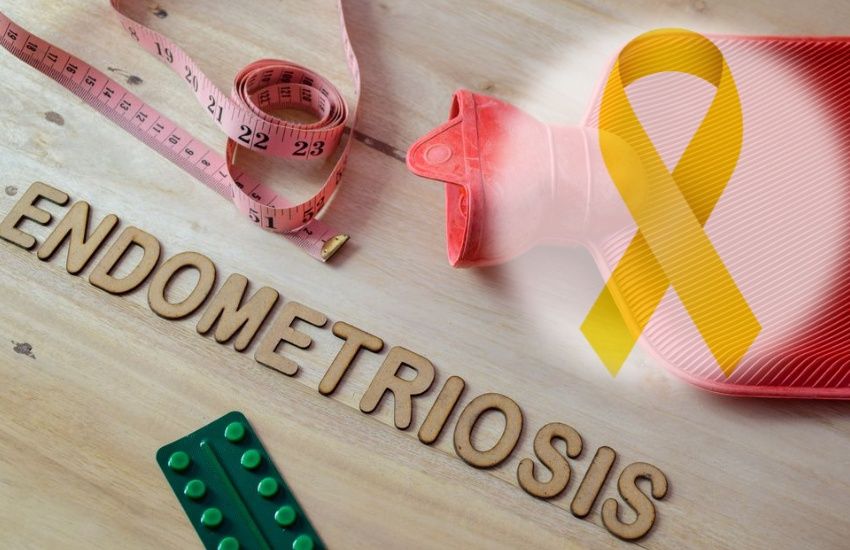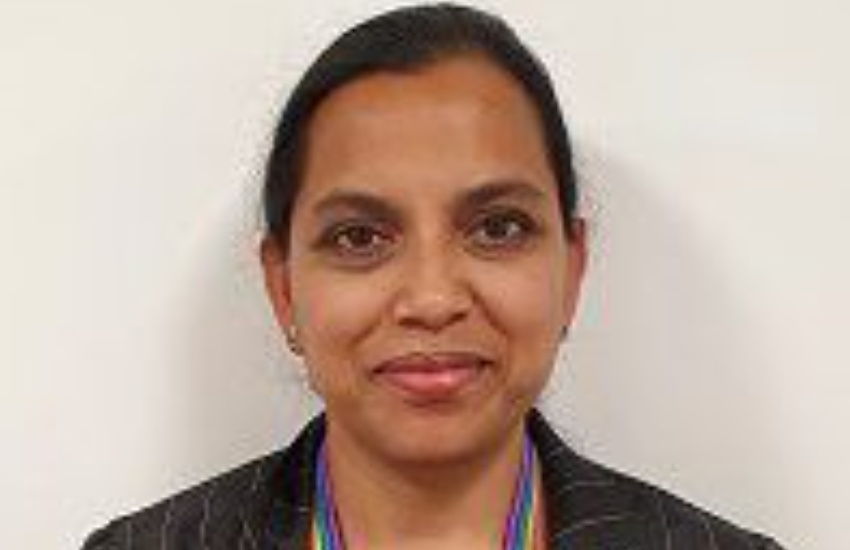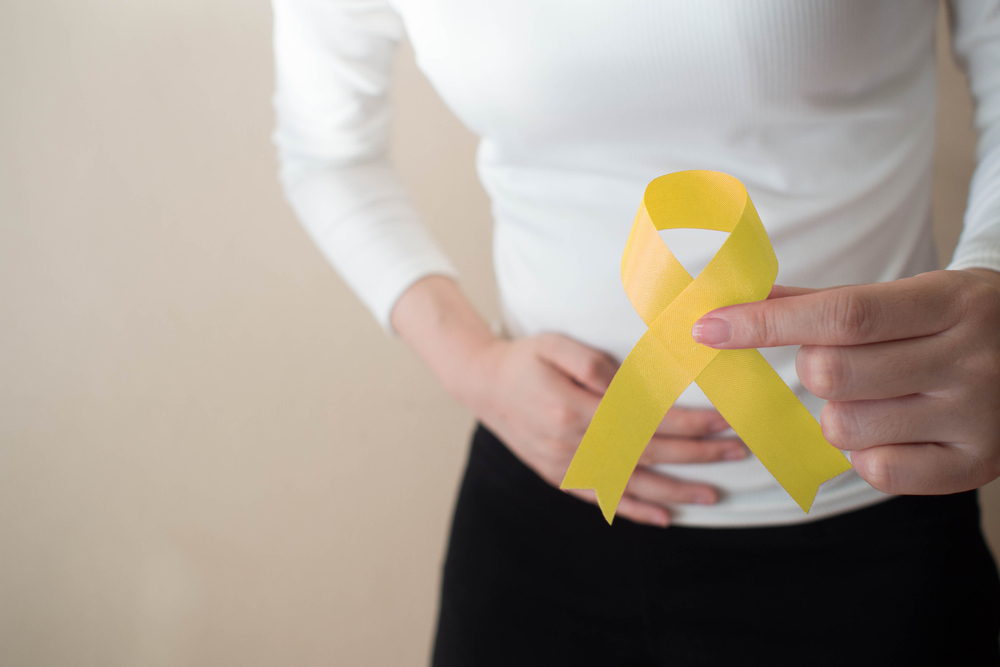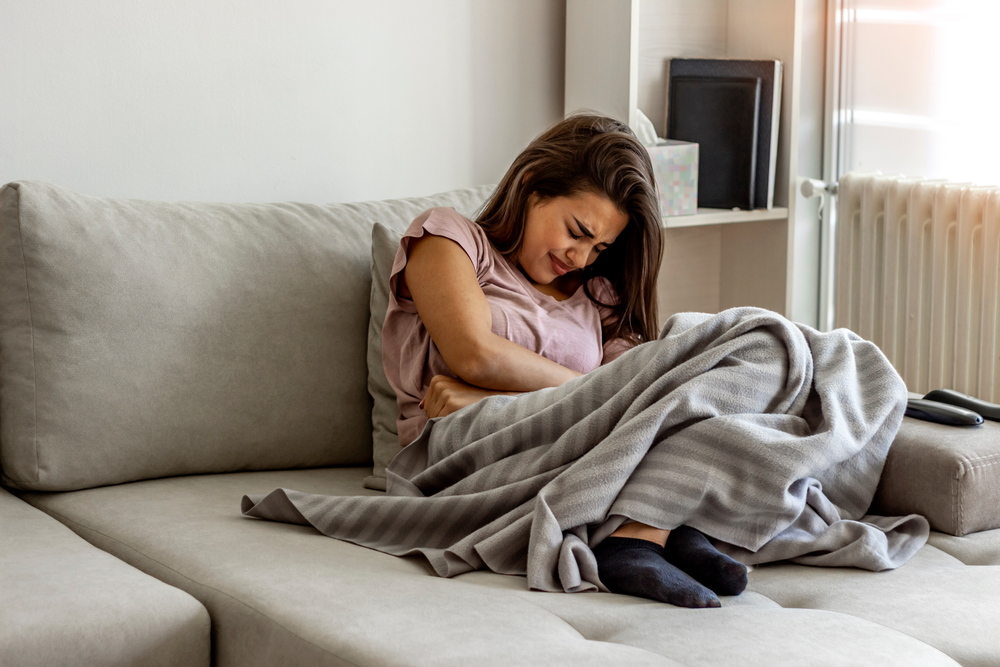


Women have been reminded of the symptoms of a common condition during Endometriosis Awareness Month.
The condition, which affects around one in 10 women, occurs where endometrial tissue, similar to the lining of the womb, is found elsewhere, usually in the pelvis, around the womb ovaries and fallopian tubes.
Consultant Obstetrician and Gynaecologist for the Medical Specialist Group, Dr Kalaivani Ramalingan, explained the common symptoms.
“Patients with endometriosis will commonly experience pelvic pain and sometimes irregular or heavy periods,” she said.
“You may also experience pain related to your bowels, bladder, lower back or the tops of your legs and experience long-term fatigue.”

Pictured: Consultant Obstetrician and Gynaecologist Dr Kalaivani Ramalingan. Credit: Medical Specialist Group.
Women who have mothers or sisters with endometriosis are more likely to suffer from the condition.
Dr Ramalingan said it was possible that some women with endometriosis would not have any symptoms.
There are different options available to test for and treat the condition.
“Tests usually include a pelvic floor ultrasound scan. This may be a transvaginal scan to check the uterus and ovaries.
“This test may show whether there is an endometriotic, also known as ‘chocolate’, cyst in the ovaries or may suggest endometriosis between the vagina and rectum.

Pictured: March is Endometriosis Awareness Month.
“Patients may be offered a laparoscopy, which is the only way to get a definite diagnosis.
“You may also have a biopsy to confirm the diagnosis and images may be taken for your medical records.”
Endometriosis may be treated during the first laparoscopy, either by removing cysts on the ovaries or treating any areas on the lining of the pelvis.
“Treatment during the first laparoscopy may avoid the need for a second operation. However, the extent of the endometriosis found may mean that a patient will require further test or treatment."

Pictured: Around one in 10 women suffer from endometriosis.
Local registered nutritionist Sarah Gale regularly supports clients with endometriosis.
“All of my clients with endometriosis have come to me with the condition already diagnosed and are looking for ways to support themselves either as a preventative measure or post-surgery to support their health,” said Mrs Gale.
“It takes on average seven and a half years for a woman to be diagnosed with endometriosis, so there are likely many women out there suffering and yet to be diagnosed.
“I would strongly encourage anyone who thinks they might be suffering with menstrual symptoms to get checked out by their GP as the first port of call.”

Pictured: Registered nutritionist Sarah Gale.
Mrs Gale said there are multiple diet and lifestyle options to support sufferers of endometriosis.
“Depending on what medication or contraception a client is taking, I would typically recommend both a comprehensive hormone panel and a comprehensive gut testing panel to fully understand what is going on in those areas,” she said.
“This gives me a lot of information that I can then work on to provide targeted, personalised recommendations.”
Mrs Gale said the cause of the condition can vary.
“The root cause or mechanisms can vary in endometriosis, but typical areas to explore would be oestrogen levels, gut function, liver function, inflammation, immune system involvement and whether genetics play a factor,” she said.
“As general advice, working on bringing down inflammation through focusing eating whole foods including lots of colourful vegetables, good quality protein, healthy fats and complex carbohydrates - whilst working on reducing processed foods, sugar, caffeine and alcohol - is a great place to start.”

Pictured: Sarah Gale said endometriosis can be "debilitating".
Mrs Gale said that the Awareness Month was important.
“Considering that endometriosis is difficult to diagnose and can frequently take many years before a diagnosis, it is incredibly important to spread awareness and for individuals to get checked out as soon as possible,” she said.
“Depending on the location and severity of the endometrial tissues, symptoms can vary widely and it can be an incredibly painful and debilitating condition.
“Whilst there is no known cure, there is a lot that can be done to manage endometriosis.
"Surgery may seem incredibly scary, but it is one of the best ways to stop the progression of the condition and improve both fertility and a sufferer’s quality of life.
“Diet and lifestyle measures can also be used in less severe cases to manage the condition or post-surgery to help prevent future surgeries.”
Comments
Comments on this story express the views of the commentator only, not Bailiwick Publishing. We are unable to guarantee the accuracy of any of those comments.